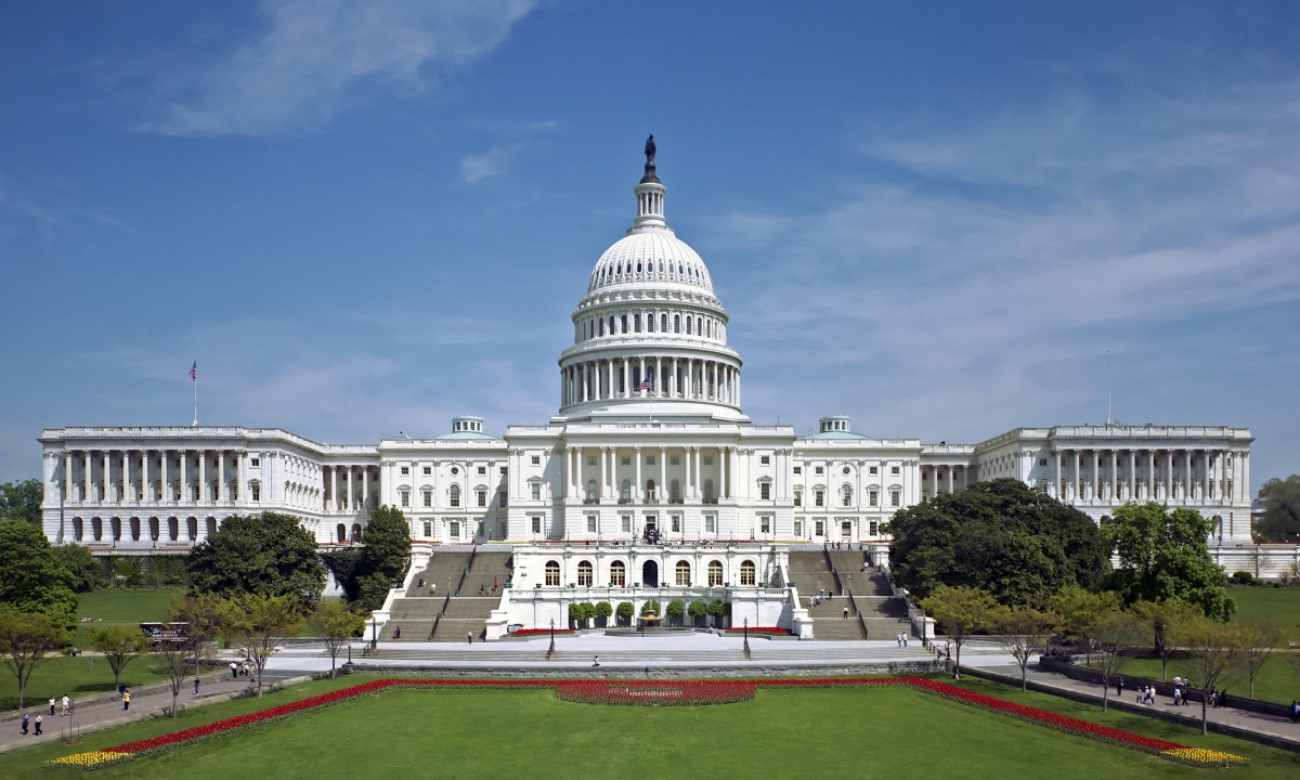
U.S. Congress passed the Federal Food, Drug, and Cosmetic Act
On Jun. 25, 1938, the U.S. Congress passed the Federal Food, Drug, and Cosmetic Act with new provisions. President Roosevelt signed it into law which for the first time required manufacturers to show that a drug was safe before it could be marketed.
The 1938 act followed a therapeutic disaster when over 100 tragic deaths in 15 states, as far east as Virginia and as far west as California were associated with an untested medicine, Elixir Sulfanilamide, manufactured by S. E. Massengill Company in Bristol, Tennessee (now part of GlaxoSmithKline).
The FDA itself exemplified the state of affairs in the marketplace by assembling a collection of products that illustrated shortcomings in the 1906 law. It included Banbar, a worthless “cure” for diabetes that the old law protected; Lash-Lure, an eyelash dye in which a number of women suffered injuries to their eyes, including one confirmed case of permanent blindness.; numerous examples of foods deceptively packaged or labeled; Radithor, a radium-containing tonic that sentenced users to a slow and painful death; and the Wilhide Exhaler, which falsely promised to cure tuberculosis and other pulmonary diseases. A reporter dubbed this exhibit “The American Chamber of Horrors,” a title not far from the truth since all the products exhibited were legal under the existing law.
The new law brought cosmetics and medical devices under control, and it required that drugs be labeled with adequate directions for safe use. Moreover, it mandated pre-market approval of all new drugs, such that a manufacturer would have to prove to FDA that a drug were safe before it could be sold. It irrefutably prohibited false therapeutic claims for drugs, although a separate law granted the Federal Trade Commission jurisdiction over drug advertising.
The act also corrected abuses in food packaging and quality, and it mandated legally enforceable food standards. Tolerances for certain poisonous substances were addressed. The law formally authorized factory inspections, and it added injunctions to the enforcement tools at the agency’s disposal. The regulatory authorities granted by this law are still in effect today.
Tags:
Source: U.S. Food and Drug Administration
Credit:
